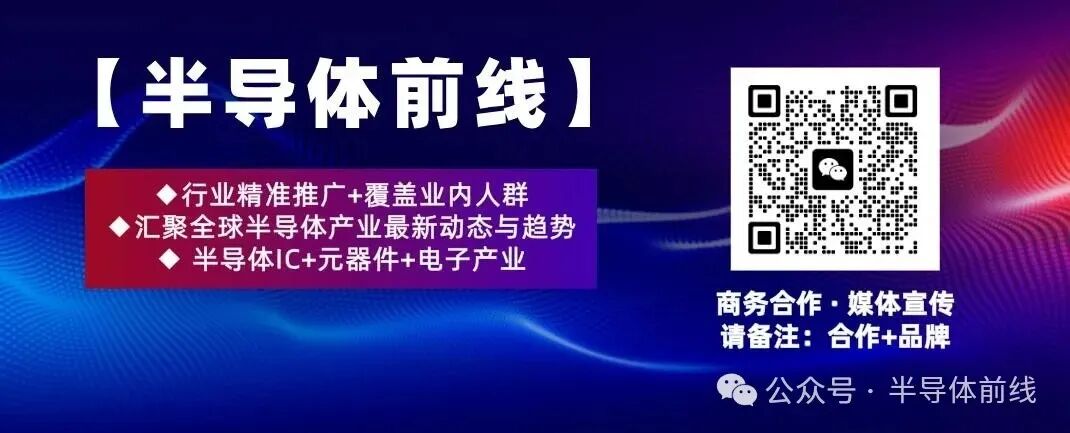As the global semiconductor advanced process moves towards 2 nanometer racing stage,EUV (Extreme Ultraviolet) photoresists are undoubtedly the most critical and irreplaceable component. Recently, the U.S. plans to increase import tariffs on high-end materials from Japan, which adds variables to this supply chain competition and presents potential restructuring opportunities for the material power landscape.
EUV cost pressures are gradually rising.
Research reports indicate that if the U.S. imposes a 10 to 25% tariff on EUV and ArF photoresists from Japan, it will lead to an increase in import prices by 10 to 24%. Based on the current price of EUV photoresists at $1500 per gallon, if a 25% tariff is added, the final cost will rise to $2015, an increase of nearly $400.
However, EUV photoresists have a high technical threshold and extremely harsh usage environments, making them irreplaceable. Even if faced with rising costs due to tariffs, advanced wafer manufacturers such as TSMC, Intel, and Samsung still need to rely on stable shipments from Japanese suppliers to ensure yield and production progress in advanced processes. Therefore, they are currently in a reality of ‘being forced to accept high costs.’
If tariff policies become normalized, or if policies extend to other specialized material fields, it may trigger strategic adjustments from Japanese manufacturers in terms of price negotiations, shipping conditions, and regional factory setups, further impacting the regional layout and competitive structure of the global specialized materials supply chain.
The U.S. demand dividend is emerging.
The global photoresist market is entering a structural growth phase, with an estimated market value reaching $6.5 to $7 billion by 2025, accounting for about 8 to 10% of the total value of semiconductor materials. Among these, EUV photoresists used in 2 nanometer and 3 nanometer processes are expected to have a compound annual growth rate of 35%, far exceeding the 4 to 5% growth of other mature products like ArF and KrF.
It is worth noting that the U.S. photoresist market has an annual growth rate of 6%, which is not only higher than the global average but also second only to China’s 7%. As TSMC’s Arizona plant gradually expands production, by 2027, the U.S. capacity for 2 nanometer processes is expected to significantly increase to 21% of the global share. This shift in demand structure will transform the U.S. photoresist consumption from a ‘non-core market’ to a ‘strategic key market.’ If the tariff system continues, the U.S. will have a strong incentive to promote domestic material capacity development or attract Japanese manufacturers to set up factories in the U.S., further pushing the localization of photoresists.
Japanese manufacturers remain the leaders.
EUV photoresist technology encompasses high light absorption rates, low defect densities, and high etching selectivity, along with long validation periods and high production difficulties. The market has long been dominated by three major Japanese companies: JSR, Tokyo Ohka, and Shin-Etsu Chemical, which hold over 90% market share. Although American companies like DuPont and Dow still maintain market share in ArF and KrF, they are almost unable to compete with Japanese companies in the EUV field, reflecting the high value, high adhesion, and high entry barrier characteristics of the advanced photoresist market, which contributes significantly to profit margins and competitiveness.
As the market focuses on chip design and advanced processes, the material layer that actually determines process stability and yield is often overlooked. EUV photoresists, as one of the most irreplaceable advanced materials, will become a frontline battle in the supply chain changes, with three key trends observable from the current situation: the speed of supply chain restructuring, cost transfer capabilities, and who can upgrade from ‘agent’ to ‘supplier’ roles. The strategic position of materials will increasingly rise, and understanding the trends in material-level changes from a structural advantage perspective will be essential to grasp the core dynamics of the globalization of advanced processes. Investors who wish to continue to keep track of key changes in the semiconductor materials chain must be aware of these shifts..
Disclaimer: Cover image/source from the internet, the article is a synthesis of online content for reference and communication purposes only, and does not constitute any investment/purchase advice. Investors operate at their own risk based on this information.